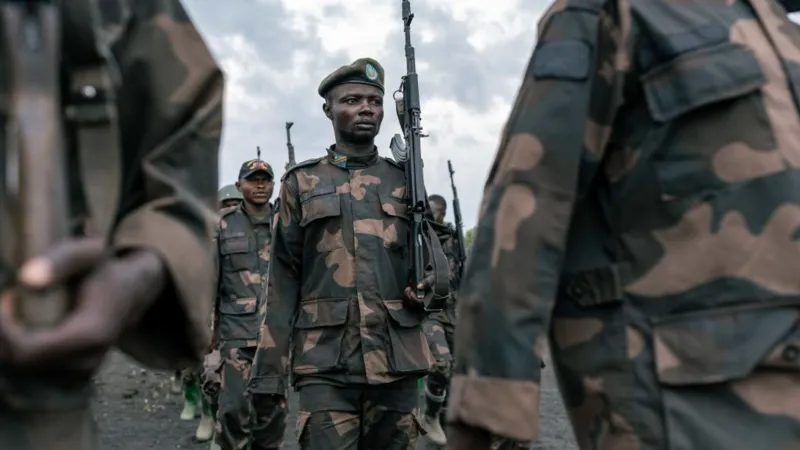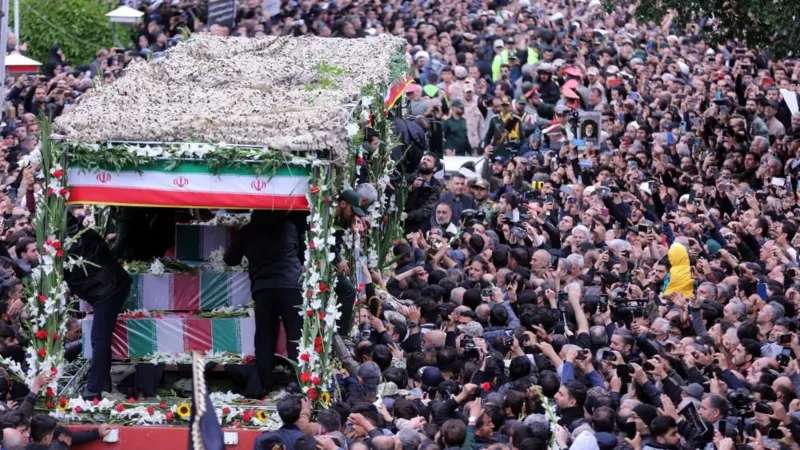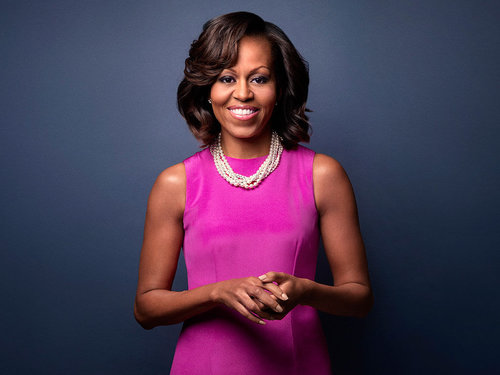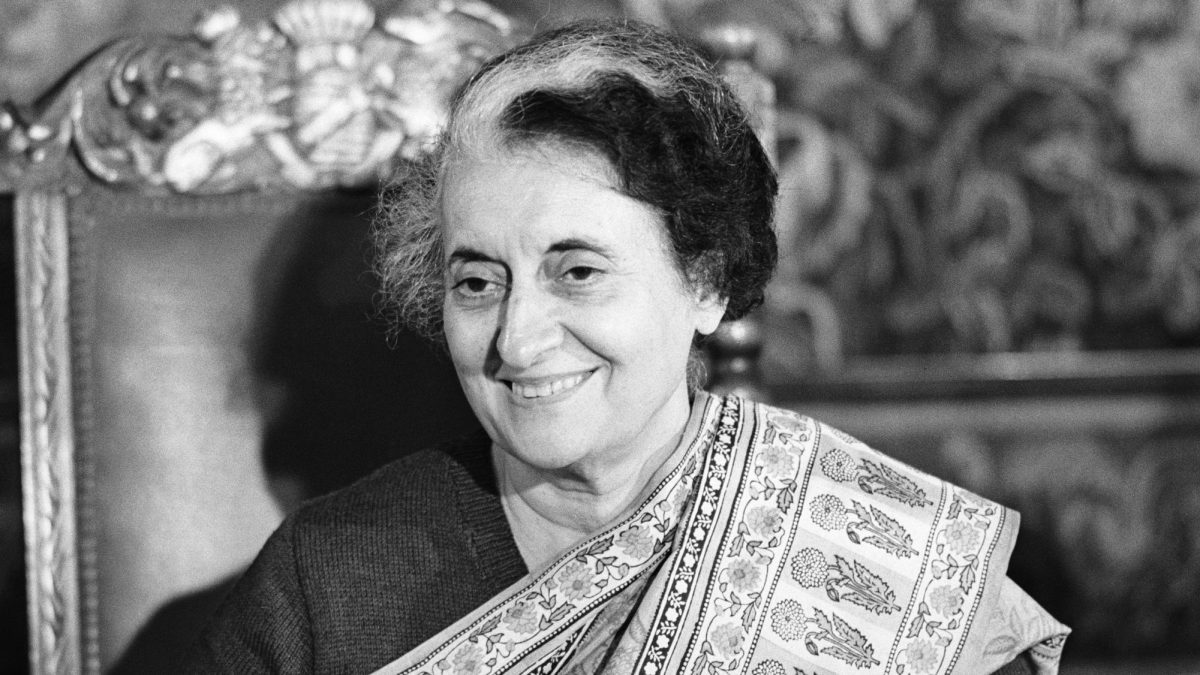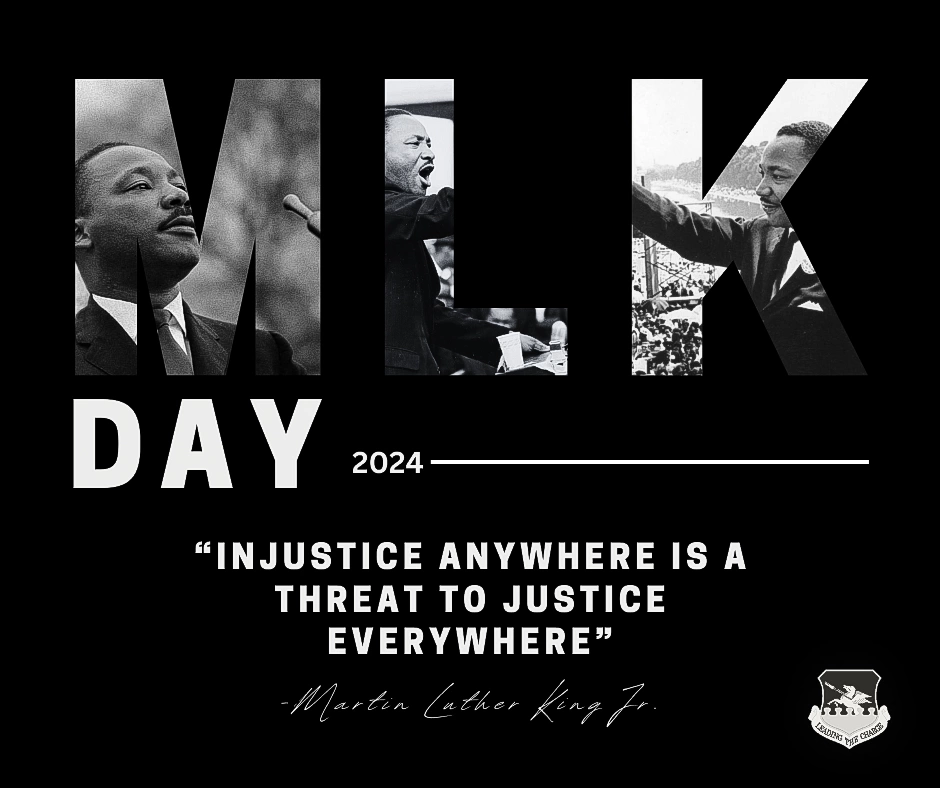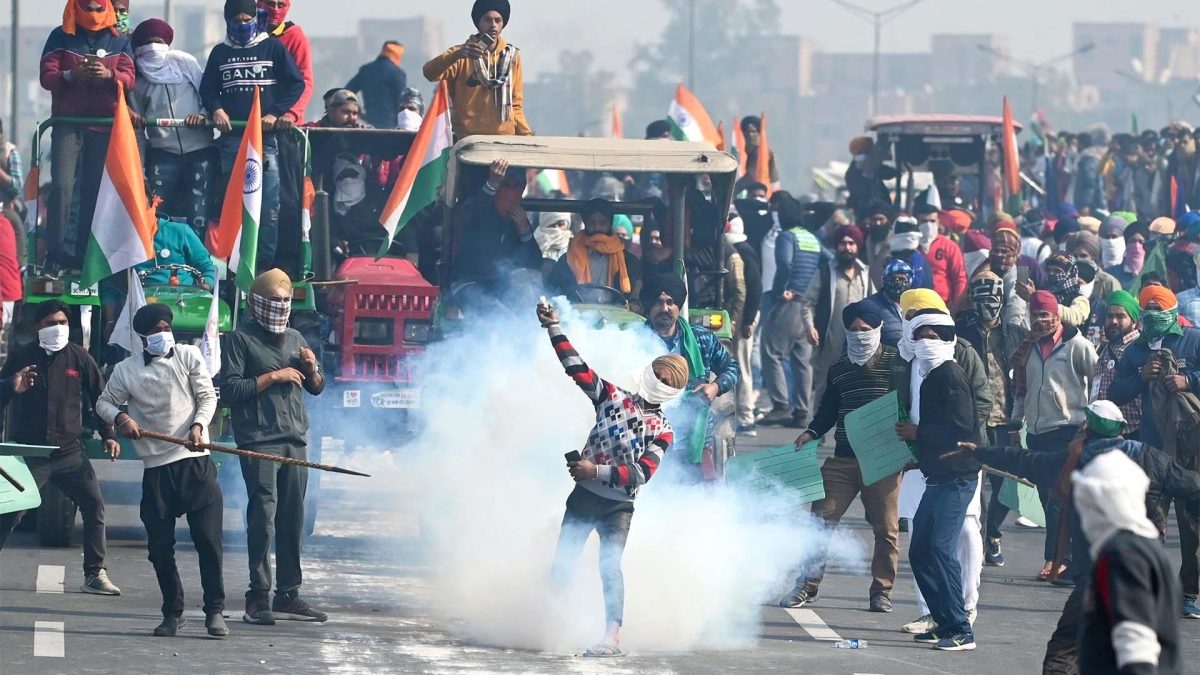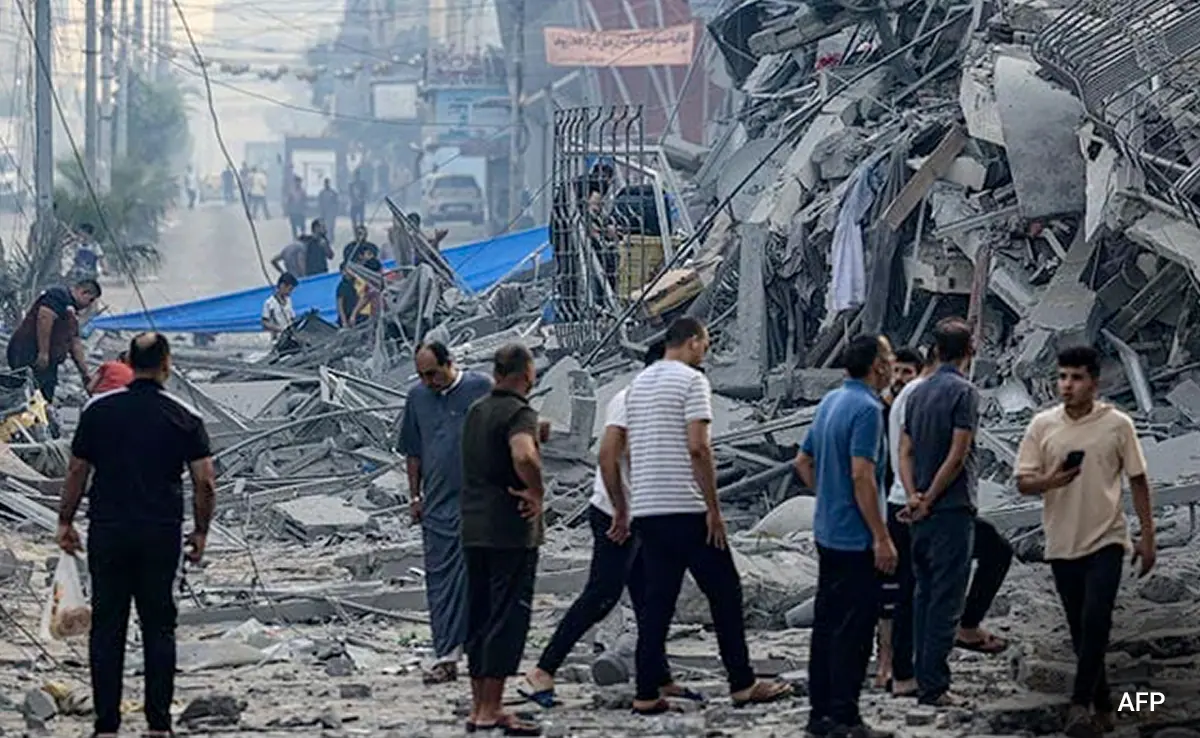
Delhi has been fortified to protect the city from the hordes of farmers with blocks of cement, wires, and fencing. Many fear that the protest that happened from 2020-2021 a little over 2 years ago will repeat. This year-long protest that saw many dead resulted in the repeal of several agricultural laws. However, thousands of agricultural workers claimed that their demands had not been met from the last protest.
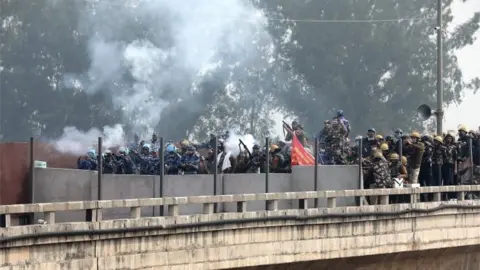
Farmers have been asking for minimum support prices (MSP), which lets them sell the majority of their crops at government-controlled wholesale markets (mandis). They are also waiting for the government to fulfill their promise made to double farmers’ salaries.
Together, these farmers form a voting bloc that threatens the BJP party. The party is hoping to win a third term when the Indian general elections take place later in 2024. Prime Minister Narendra Modi has already taken steps to achieve this goal, most notably in his opening of the Ram temple in Ayodhya in January. Analysts claim that the PM will most likely try to steer away from alienating agricultural workers in order to secure his vote during the elections.
A multitude of plastic tear gas shells were launched at protesters around 125 miles north of Delhi, near the smaller city of Ambala. Several others were fired at the border between Haryana and Punjab states. As a response, some farmers threw stones and objects at police. In order to protect themselves from the constant tear gas bombardment, many covered themselves in wet clothes and sacks. Most of these farmers are from Punjab, and they say that they simply want to peacefully cross over to Delhi, but are not being allowed to by police.
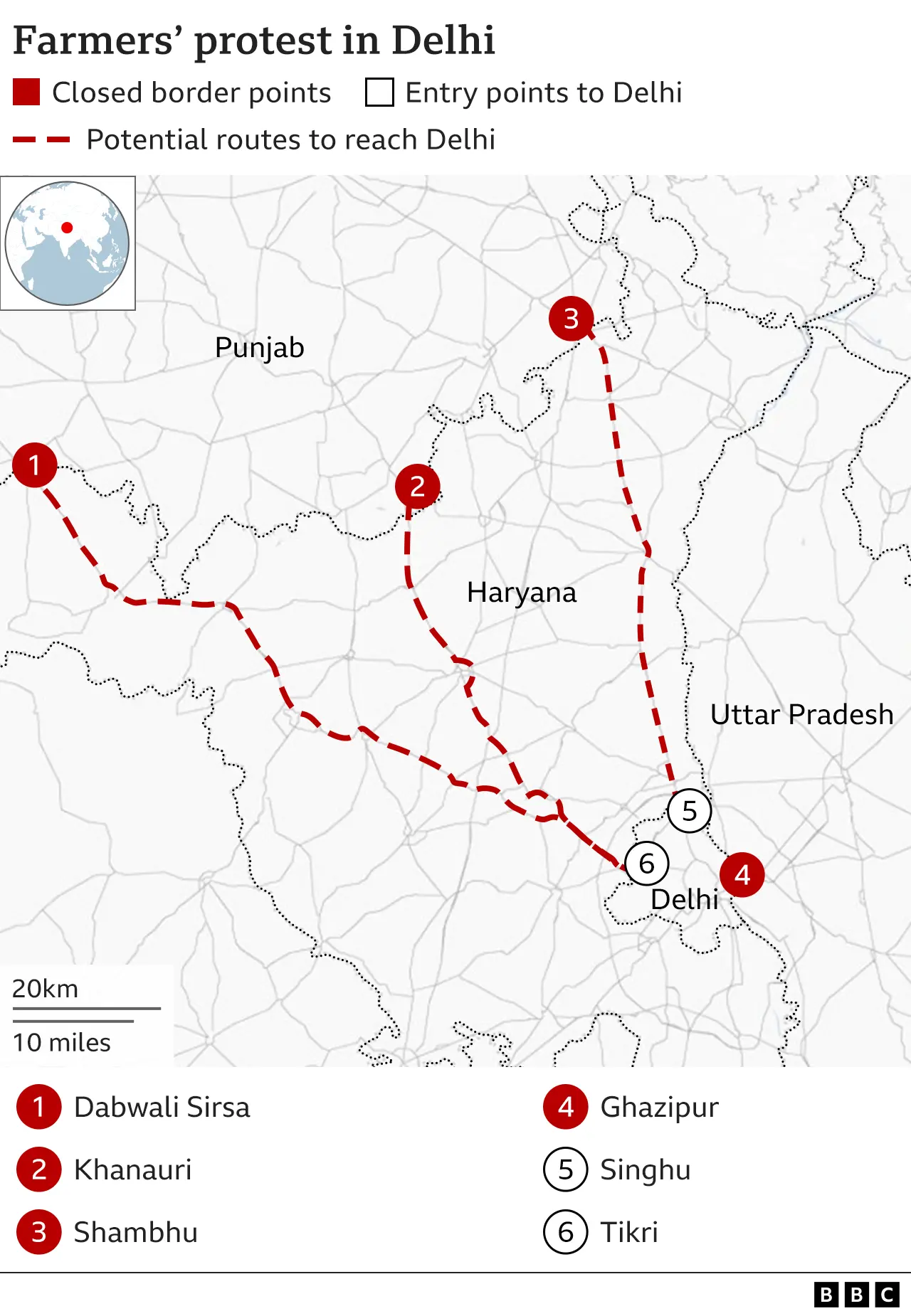
The last protest in 2020 remains one of the biggest obstacles that was presented to Modi’s government, with agricultural workers blocking national highways connecting the capital with neighboring states. Similarly, large traffic jams were reported in Delhi due to officials guiding vehicles elsewhere and blocking roads as a result of the newer protests. Police have also barred large gatherings around Delhi’s border with Uttar Pradesh and Haryana, due to expectations of farmers passing through there to reach the capital.
A 6-hour meeting was held between federal-level ministers and farm union leaders a day before the tear gas was released. While they both came to several agreements, there was no consensus on the MSP requests. After the agricultural laws were repealed at the end of 2021, the government claimed it would try to find ways to ensure support prices for all crops. However, they are yet to do this.
Over 200 farmer unions are participating in the march on Delhi. Many trade and farmer unions have also announced a strike in which they will not participate in any agricultural activities.
The situation remains tense.


